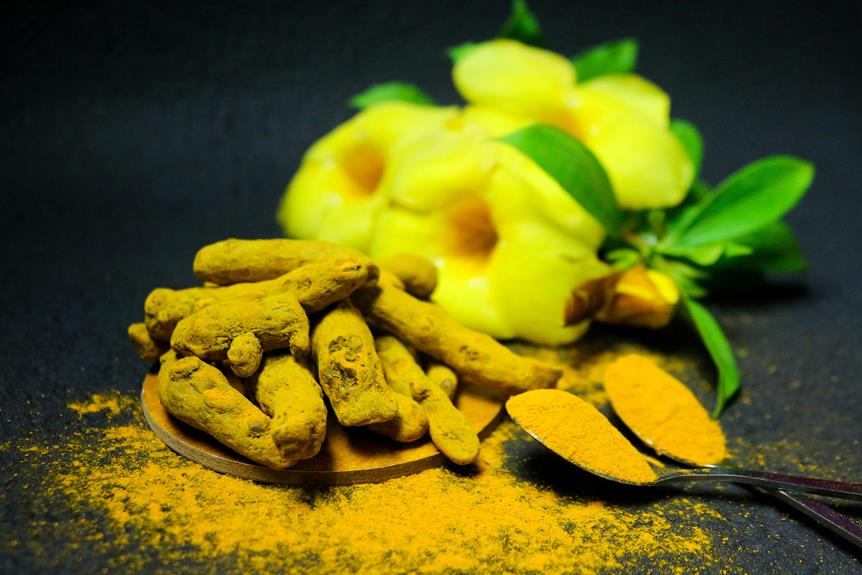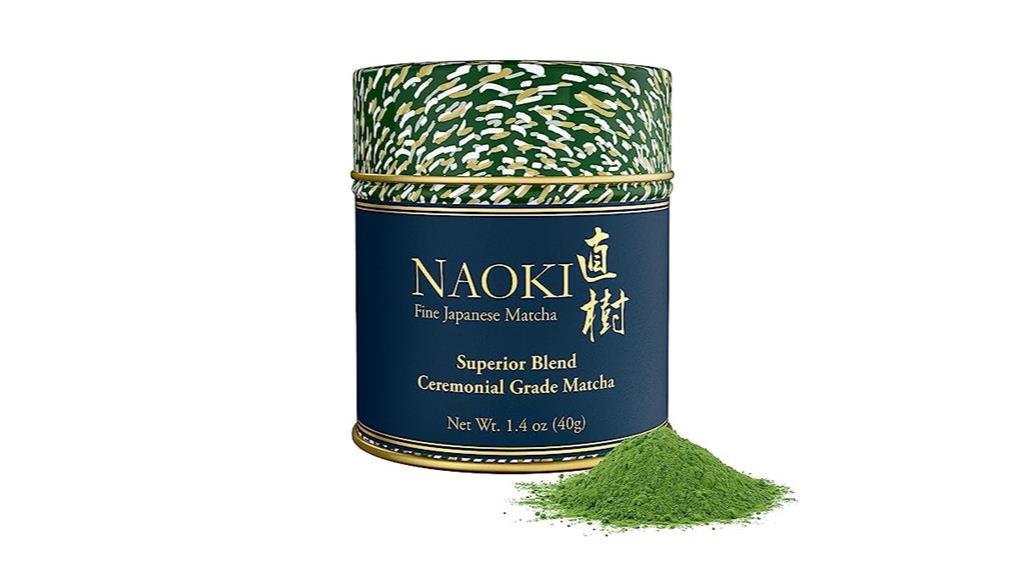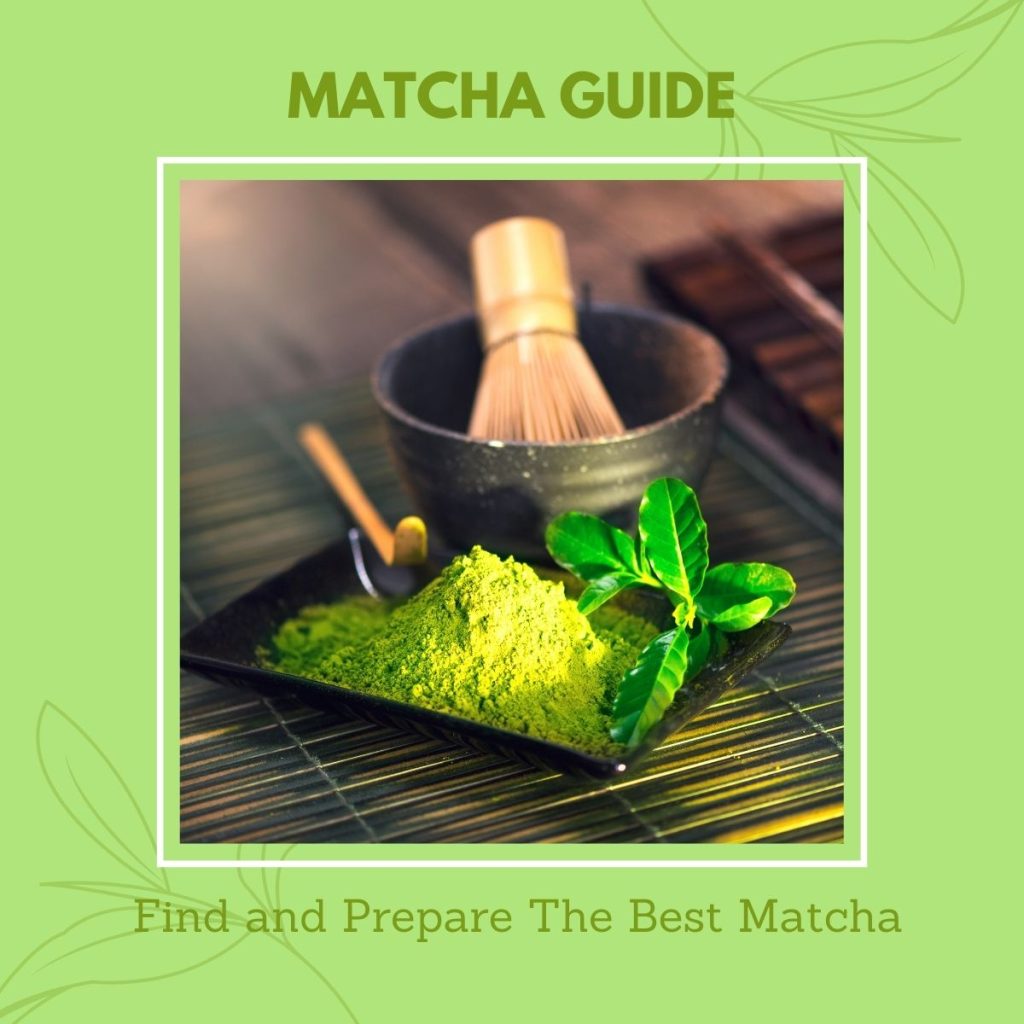

Matcha, a finely ground powder made from whole
What Is Matcha?
In contrast to regular green
When you prepare matcha, you’re not just making a drink; you’re participating in a tradition steeped in mindfulness and respect. Traditional Japanese
While matcha has gained popularity for its potential health benefits, it’s vital to separate fact from health myths. Matcha is rich in antioxidants, particularly catechins, which may support overall well-being. However, it’s not a miracle cure-all as some might claim.
Benefits of Drinking Matcha
Today, you’ll discover why matcha has become a powerhouse in the health and wellness world, offering a wide range of benefits that go far beyond its delicious taste.
- Rich in Antioxidants: Matcha is packed with antioxidants, particularly catechins, which help fight free radicals in the body. This can support overall well-being and may lower the risk of chronic diseases.
- Boosts Metabolism: Incorporating matcha into your daily routine can help boost your metabolism. This can contribute to weight loss by increasing thermogenesis and improving insulin sensitivity.
- Enhances Focus and Clarity: Matcha contains high levels of L-theanine, an amino acid that promotes mental clarity. This can improve focus and concentration while reducing stress, making it an excellent addition to your morning routine or as a midday pick-me-up.
- Supports Heart Health: Regular consumption of matcha may help lower blood pressure and reduce the risk of heart disease. Its antioxidant properties contribute to maintaining a healthy cardiovascular system.
- Provides Gentle Energy: With less caffeine and fewer side effects compared to coffee, matcha provides a gentle energy lift without the jitters. This makes it a great alternative to your regular cup of coffee.
Choosing Quality Matcha Powder
Choosing quality matcha powder is crucial for enjoying the full benefits and flavor of this traditional Japanese
- Reputable Brands: Look for reputable brands known for their high-quality, organic offerings. Brands like Matcha Pure
Tea or IppodoTea Ummon have strict quality control measures in place, resulting in superior matcha powder. - Grade Specifications: Pay attention to labels that specify ‘ceremonial’ or ‘culinary’ grade. Ceremonial grade matcha is of higher quality and is meant for traditional
tea preparation, while culinary grade is suitable for cooking and baking. - Color and Taste: Top-quality matcha should have a vibrant green color and a rich, earthy taste. This is due to production methods that involve shading young
tea leaves and removing stems, which increases chlorophyll and amino acid content. - Price Consideration: Don’t be tempted by extremely cheap options, as they may compromise on quality. Investing in good quality matcha will ensure a better flavor and more health benefits.
- Testing and Comparison: To find the perfect matcha for your taste, consider testing different powders. This will help you identify the ideal balance of flavor and quality that suits your preferences.
Essential Equipment on How to Make Matcha
Successful matcha preparation hinges on having the right tools at your disposal. To serve the perfect cup of matcha, you’ll need a few essential pieces of equipment.
- Matcha Whisk (Chasen): A traditional bamboo whisk is vital for making matcha. Its unique design helps break up clumps and create a frothy layer. While you can use a regular whisk or an electric milk frother in a pinch, they may not achieve the same level of frothiness.
- Matcha Bowl (Chawan): A small, wide bowl allows for easy whisking and mixing. The shape of the bowl helps in creating a smooth, clump-free mixture.
- Sifter or Fine-Mesh Strainer: Removing lumps before whisking is essential for a smooth texture. Various types of sifters are available, so choose one that suits your needs.
- Matcha Spoon (Chashaku): A traditional bamboo spoon is ideal for measuring matcha powder accurately. This precision is essential for achieving the perfect balance of matcha and water.
Step-by-Step Process on How to Make Matcha
Now that you’ve gathered your equipment, let’s walk through the step-by-step process of making the perfect cup of matcha.
- Sift the Matcha Powder: Begin by sifting 1-2 teaspoons of matcha powder into your bowl to ensure a smooth, clump-free mixture. This step is vital for achieving the ideal matcha ratio and texture.
- Add Hot Water: Add 2-3 ounces of hot water, aiming for a temperature of around 175°F. The right water temperature is essential for extracting the best flavor without bitterness.
- Whisk Vigorously: Select your bamboo whisk and employ proper whisking techniques to combine the matcha and water. Use a vigorous, zigzag motion to create a creamy foam, then slow down to remove larger bubbles.
- Adjust Water Amount: For a traditional matcha, add 6-8 ounces of hot water and whisk again. If you prefer a latte, use steamed milk instead.
- Perfecting the Foam: Whisk selection plays a role in foam formation, so choose a high-quality bamboo whisk for the best results.
Matcha Latte Recipe
While matcha purists might prefer their
- Sift Matcha Powder: Start by sifting 1 1/2 teaspoons of matcha powder into a mug. Add 1 tablespoon of hot water and whisk vigorously until no lumps remain. This whisking technique is vital for achieving a smooth texture.
- Add Sweetener and Milk: Next, add 2 teaspoons of honey (or to taste) and 3/4 cup of hot milk. Whisk again to combine, then use a milk frother for a luxurious, foamy finish.
- Experiment with Alternatives: Experiment with milk alternatives like oat, almond, or coconut to discover new flavor profiles. For those seeking a more authentic experience, try using ceremonial-grade matcha for a vibrant color and sweeter taste.
- Enhance Your Service:
- Versatility: Offer various latte variations to cater to different preferences.
- Customization: Adjust sweetness and milk types to suit individual tastes.
- Presentation: Impress guests with professional frothing methods.
- Health Benefits: Provide a nutritious, antioxidant-rich beverage option.
Common Mistakes to Avoid
To make the perfect matcha latte, you’ll want to steer clear of these common pitfalls that can ruin your drink.
- Skipping the Sifting: One of the biggest matcha mistakes is failing to sift the powder before whisking. This can lead to clumps and an unpleasant texture, so always take the time to sift your matcha into the mug or bowl.
- Poor Whisking Technique: Not whisking long enough or using the wrong technique can result in a grainy, poorly incorporated latte. Aim to whisk for at least 20-30 seconds, using a zigzag motion for a smoother consistency.
- Incorrect Water Temperature: Using water that’s too hot can burn the matcha, resulting in a bitter taste. Keep your water around 175°F for ideal flavor.
Storing and Preserving Matcha
For the best flavor and quality, you’ll need to store your matcha properly once you’ve opened the package. Matcha storage tips are vital for maintaining its vibrant color and rich taste.
- Refrigerate in Small Quantities: To preserve freshness, keep your matcha in small quantities in the refrigerator. This method helps extend its shelf life, ensuring you can enjoy its benefits for up to two months.
- Avoid Strong Odors: When storing matcha, opt for cool, dry places away from strong-smelling foods. Matcha easily absorbs odors, so odor protection strategies are essential.
- Use Airtight Containers: Use airtight containers to shield your matcha from light, heat, and moisture, which can degrade its quality. Remember, freezing isn’t recommended as it can damage the delicate powder and affect its flavor.
- Follow These Freshness Tips:
- Transfer matcha to small, airtight containers for storage.
- Keep containers in the refrigerator to extend shelf life.
- Use within two months for peak flavor and color.
- Store away from strong odors to preserve its delicate taste.
Conclusion
Armed with the knowledge of selecting quality powder, essential equipment, and proper techniques, you’ll be crafting perfect cups in no time. Don’t forget to experiment with matcha lattes and avoid common pitfalls. Remember to store your matcha properly to preserve its freshness. With practice, you’ll master the art of making matcha.







Konnichiwa! (Hello!) I'm Pat Tokuyama, a Japanese tofu cookbook author, who travels for music, food, and adventure. If you like Japanese tea, checkout some of the newestorganic japanese tea, matcha bowls and noren and more!
** Curious about the Plant Based Japanese Cooking Club? ** Learn more here!